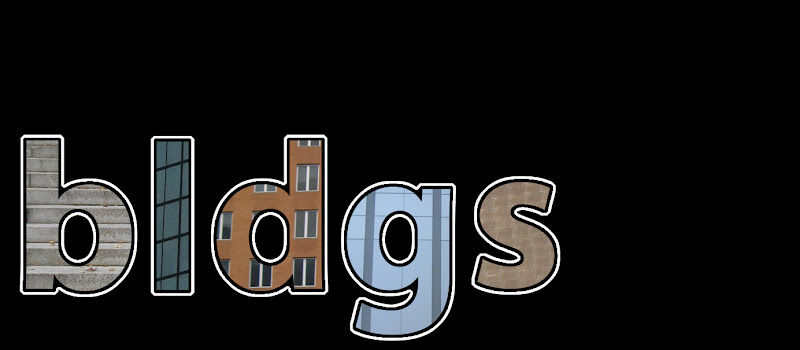Part 6: The Fishing Villages of the North and Pitmedden Garden
This morning we drove along the coast of the North Sea and enjoyed the quaint pleaseantness of towns like, Cullen, Banff, Portknockie, Findochdie and a series of other towns which are surprisingly difficult to pronounce. The best, in my opinion, being Portsoy and Pennan. All of these towns have a very similar style of houses, low to the ground, painted in lighter color with wooden doors and tiled roofs. Higher up on the hills sometimes are the more Victorian style (think Oak Park, Il.) houses using all the same kind of brown-stone rather than the found stone of the houses by the harbors, in these houses you can find some of that well-known ginger breading but never in wood, always in carved stone, with a formal room in the front and an upstairs that overlooks and identical building across the street. Even farther back you can typically find newer developments which try and copy the vernacular but seemed to have gotten their wires crossed with a ranch-style with exposed wood paneling and instead of the traditional slate tile they use a version of Mexican roof tiles. I don’t know, you tell me, who thought that looked good? It doesn’t. I’m not against re-inventing a style, but it seems as if the sources are almost too eclectic and in combining them they seem to be losing their train of thought, just a little too ambitious I guess.
Pennan is interesting mostly because it was the setting of the fictional town of Ferness in the 1983 movie Local Hero it’s a picturesque village where the wind wafts off the sea and there are, apparently, dolphins, otters and seals. Though mostly all I saw rocks.
In Cullen was one of my favorite parts of the day which was the pet cemetery, and unlike other pet cemeteries I’ve heard of the animals you bury here do not come back to life inexplicably evil and thirsty for human blood. In this, non-revenge-seeking pet cemetery was the loving tributes to loyal bygone friends. And if even if it’s someone else’s Smudge, Snoopy, Lassie or even Julie, the hamster, it makes you remember the first time you lost a pet.
Ohh, Goldy the goldfish, the good die young…often from overfeeding.
The next on our adventure was the gardens of Pitmedden. The Pitmedden gardens were at one time owned the Seaton family, who had once been royalist flag bearers for the king. The gardens were created to show off the wealth and power of the Setons in 1675, but fell then after into abandonment. They were recreated in the 1950s and are owned by the National Trust for Scotland however they seem to be suffering from hard times. Lilies replaced with pansies, things like that. This by no means discredits the garden’s beauty; in fact it’s a testament to box hedges. They go on and on creating a meticulously perfect walk through the gardens. But great testaments to wealth are often as difficult to maintain as they are to create. Just look at the Seagram building.
Part 7: Fyvie Castle.
In 1982 Fyvie Castle was in terrible peril. Like the Pitmedden gardens the owners could no longer afford to maintain the opulence and had put it up for auction. Fearing that their national treasure would be lost forever the National Trust for Scotland leapt into action and along with the heir to the castle Sir Andrew Forbes-Leith saved the Castle from a fate worse than debt.
Instead now you get to enjoy this castle for a small fee. This castle was originally established in 1370 by the grandson of Robert the Bruce of Braveheart legend. It was then expanded, attacked, shrank, expanded, attacked, attacked, shrank, abandoned, expanded, expanded and there you have it over 700 years of history. The exterior of this building is an undulating and serene expanse of stone and stucco, again with characteristically small windows but rather than the typical medieval pitched roof you can spot later Elizabethan-aged turreted additions. The interior is a mish-mask of medieval, renaissance, baroque and regency neo classical with sprigs of modern thrown in here and there (Plumbing! There’s plumbing!)
The most astonishing feature of Fyvie castle was the Art; during their zenith of the Leith family’s control over the castle they had Henry Raeburn as their artist-in-residence. Raeburn was the preeminent Scottish painter at the time, proving portraits for Sir Walter Scott, Robert Fergusson and of course, this guy:
http://upload.wikimedia.org/wikipedia/commons/7/75/The_Skating_Minister.jpg
They also had an entire set of Hogarth original prints, from 1747,just hanging out in a hallway. I haven’t been that shocked since the slightly damaged Diego Rivera sketches at Falling water. These Hogarths were actually a full set of the story of Industry and Idleness, what is essentially a Gofus and Gallant story. Sometimes you got to wonder about Hogarth, was he aware, even a little bit of the heavy handed story telling. I mean really, Gallant becomes the Mayor of London and Gofus is executed for something. Robbery, maybe? Who knows? I mean either way it turns out mediocrity does not exist in the mind of William Hogarth.
http://en.wikipedia.org/wiki/Industry_and_Idleness
Towards the end we see some larger scale portraits of Admiral Nelson, indicating he was on friendly terms with the family and a spectacular gallery. That or they wanted everyone to think they were friends. Kind of like that time I got my picture taken with Goofy at Disneyworld.
Next time on Blog:
Is Urquhart Castle having a love affair with Loch Ness?
Will the Isle of Skye’s Sea Eagles continue to imitate the North American Bald Eagle?
And Landscape, Landscape, Landscape.

No comments:
Post a Comment